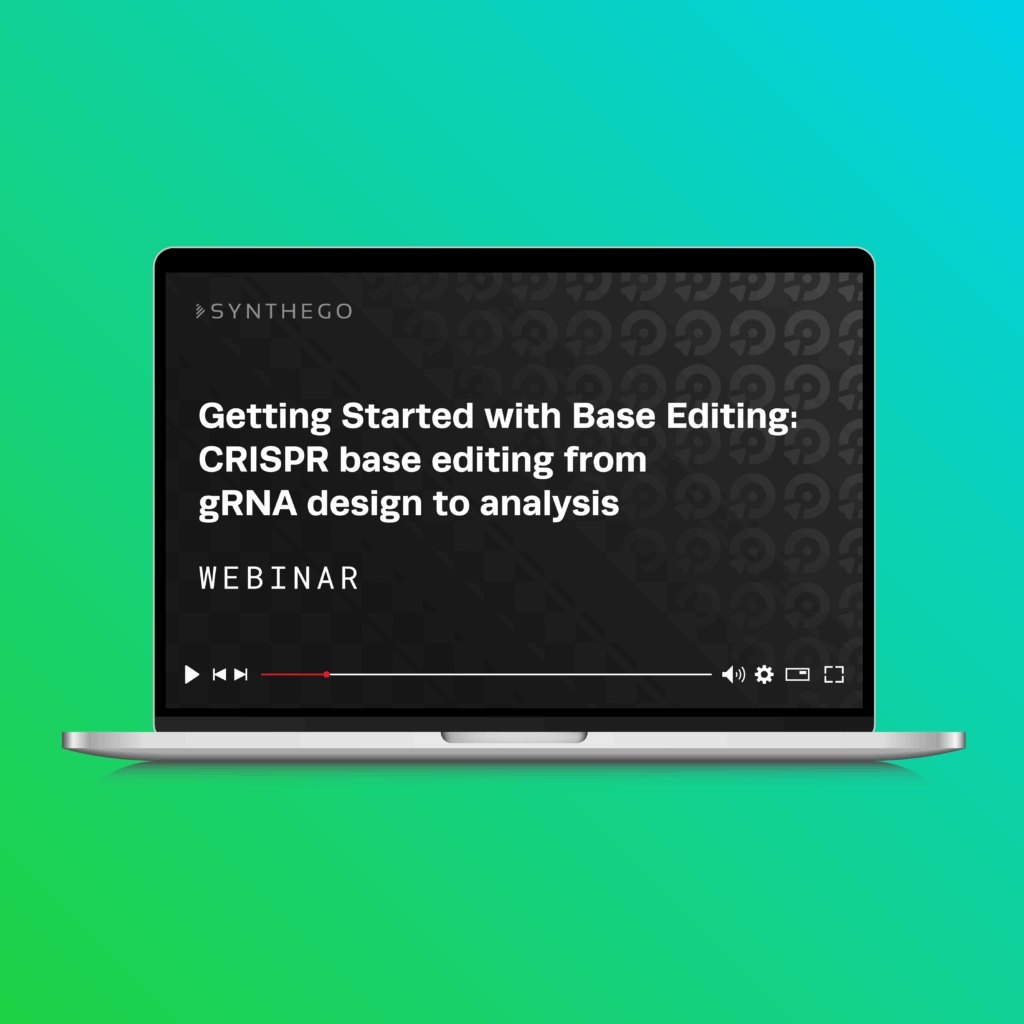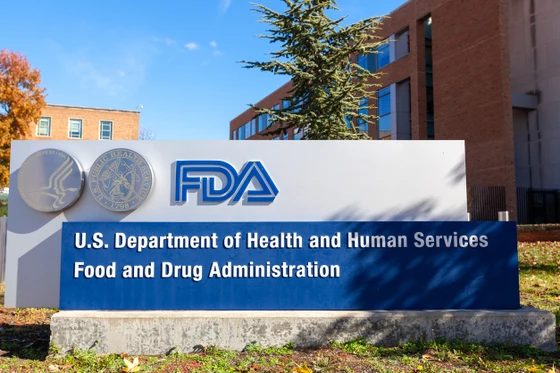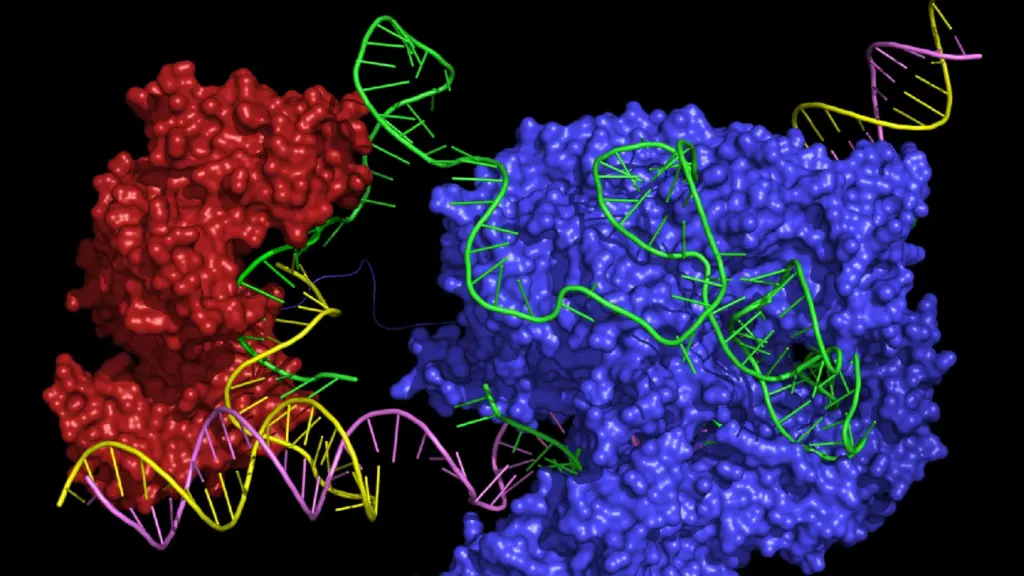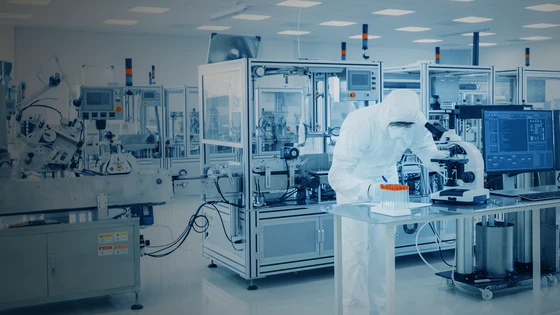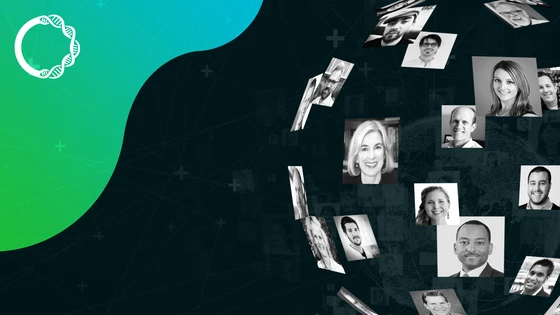CRISPR Conversations are our way of highlighting the amazing work being done by CRISPR researchers worldwide. We select scientists to cover based on the overall impact of their work using CRISPR for new applications that are moving their field forward.
This week we spoke with with scientist Kathleen Christie, who likes to go by “Katie”, from Ulster University in Northern Ireland to discuss her work and her experience using our synthetic sgRNA kits.

Hi, Katie! Could you tell us about your research?
Kathleen Christie: We are aiming to develop a genome editing strategy to treat TGFBI corneal dystrophies. They are predominantly the result of a dominant negative mutation so we are trying to target and repair only the mutant allele and leave the wild type allele intact. We are trying to develop an allele-specific CRISPR strategy that allows us to do that.
KH: Sounds complicated.
KC: But exciting?
KH: Yes, exciting! Tell us a little bit about your research institute at Ulster University.
KC: We are based on the north coast of Northern Ireland. Ulster University is one of the top five biomedical universities in the UK and a great institute for life science research. I am a part of the genomic medicine research group. We have a group that works with epigenetics, a group that works in prostate cancer, and then our own group that focuses on corneal dystrophies.
KH: Did you use CRISPR before you started your Ph.D.?
KC: I started my Ph.D. research in 2015. Back then, CRISPR was essentially brand new; it was the hot topic. My Ph.D. project was created to help and develop the proof-of-concept for an allele-specific CRISPR-Cas9 system. So, it has been the main method for my whole Ph.D. thesis.
KH: Is this allele-specific method something that your lab is pioneering in the field right now?
KC: Absolutely within ocular research, but in general too. There aren’t many other papers out there yet with this kind of approach.
KH: When you first started doing CRISPR, how did you make your guide RNAs?
KC: It was very basic. We had a plasmid with Cas9 and sgRNA scaffold and we would just clone in our guide sequence.
KH: When did you first hear about Synthego?
KC: At the CRISPR-Cas Revolution Cold Spring Harbor conference in 2016. When I met you and heard really great things about Synthego, I thought it was worth giving it a shot.
KH: Since you gave it a shot, how would you say using the synthetic sgRNA has been of benefit to you and your research?
KC: I would definitely say the most positive aspect is the confidence we now have in our experimental results. The quality of the synthetic sgRNAs from Synthego is so high that we know any variation we see in the data is not from variation in the guide RNA production.
KH: How would you say it affects your workflow?
KC: Using synthetic sgRNA instead of the plasmid-based approach we used previously allows me to be more efficient in my research and more selective about the experiments I do. When I was using the plasmid-based guides, I could test a lot of things because it was cheap, but it was not really effective for my experiments.
KH: Right, so maybe it’s a better to invest a little more up front to make sure something works, rather than hoping that it works and then wasting time and money figuring out why it didn’t work?
KC: Definitely. I think that’s quality over quantity.
KH: Thanks for your time, Katie. You don’t have a Synthego T-shirt yet, but what’s your favorite thing about Synthego besides the T-shirt?
KC: Okay, well, until my T-shirt arrives, I think my favorite thing about Synthego is definitely you Kevin.
KH: Thank you!
Synthego’s CRISPRevolution synthetic RNA kits are now being used by scientists throughout the world to achieve unparalleled CRISPR genome editing with minimal time and labor at a fantastic price point.
CRISPR 101 eBook
CRISPR has quickly become a standard laboratory tool for gene editing. As the adoption of CRISPR accelerates worldwide, up-to-date knowledge of the basics of CRISPR is essential for anyone in the field. From target identification studies to the recent breakthroughs in clinical trials, CRISPR is enabling scientists to unlock the power of the genome.
Download our CRISPR 101 eBook today to stay up to date on all your CRISPR basics and get the best results in your CRISPR experiments!


